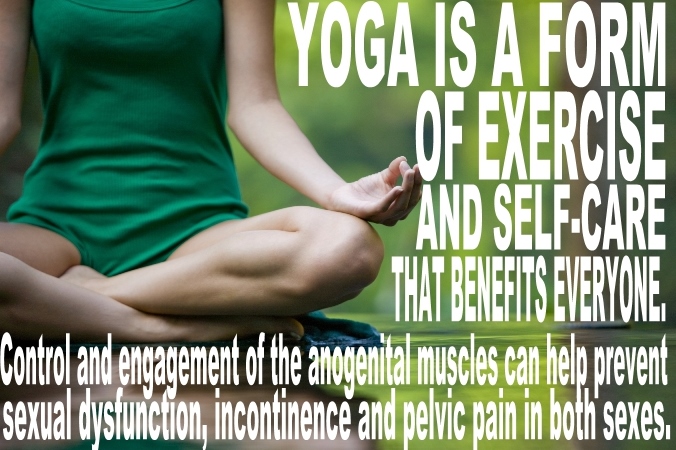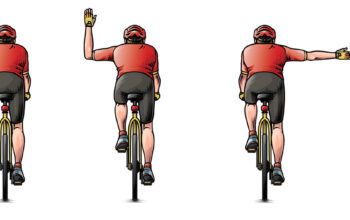by Lindsay Reed
This past World Cancer Day (February 4) inspired me to consider the environment(s) contributing to emotional and physical health, and how that relates to men and women. Cancer is a heavy subject in terms of cost; health care cost, lost productivity and the loss of life. According to the International Agency for Research on Cancer (2012), 8.2 million people died of cancer, 14.1 million new cases were diagnosed and 32.5 million people were survivors within 5 years of diagnosis. The pervasiveness of cancer is enough to elicit our deepest health fears as well as inspire our sincerest hopes for a cure. The results are physical and emotional trauma for the patients as well as that of friends and family.
While the exact causes of cancer are not always known, the factors that contribute to cell mutation are known. Laine Bergeson points out that “almost all cancer experts agree on one factor: inflammation” in her article Whole Person Cancer Care. She also points out that modern research acknowledges there are other possible “contributing triggers for cancer: mitochondrial function, microbial DNA, even the effect of our thoughts and beliefs on the immune system.”
The CDC’s website confirms that a history of abuse and neglect from an early age contributes to physical illness including cancer, as well as psychological illness and a continuing cycle of inability to maintain healthy relationships. Sexual harassment, trauma and abuse can happen to either sex. If suppressed, it creates a loop of hurt, anger and sadness that can damage every facet of society. Men and women should have equal opportunity to express painful sexual experiences, whether derived from physical or emotional trauma or illness. Both pelvic pain and sexual dysfunction desperately need to be taken seriously and treated compassionately.
The message of “This is Water,” by David Foster Wallace, is optimism in the face of challenges both outside and inside ourselves. His metaphor of our environment being the “water in which we swim” is used in this essay to describe the environments that contribute to our physical and mental health, and the relationship to those factors across the sexes. This metaphor inspired me to consider the fluid that bathes every cell in our bodies, and how that relates to factors in our surrounding physical environments. Tumor cells swim in interstitial fluid, meaning that cancer includes an environment and not just mutated cells. What is the difference between interstitial fluid in tumors and the fluid surrounding healthy cells?
Marek Wager and Helge Wiig explain some of the differences in the article “Tumor Interstitial Fluid Formation, Characterization and Clinical Observations”. Their work focuses on the tumor microenvironment and biology to improve treatment methods, early detection and monitoring of the disease. The water surrounding the tumor cells is highly pressurized with minimal drainage due to improper functioning of the lymphatic vessels, creating a poor environment for the cells.
The outpouring of perspectives and emotions relating to sexual trauma seems a fitting analogy for the cancer cells’ pressurized environment that must be released in order to heal. We are all “in this water”, like every cell in our bodies, and all of the suppressed pain contributes to a high pressure environment. As a society, we need outlets and treatment the same way a tumor needs functioning lymphatic vessels to drain the excess fluid and restore a healthy balance.
A discussion of the disparity between sexual experiences in women and men, which has resulted in a revelation and quantification of pain stemming from sex, is addressed in the recent article “The female price of male pleasure” by Lili Loofbourow. She expresses concern over the normalization of the pain women experience related to sex, pointing out that there is a disparity in medical treatment for pelvic and genital pain women feel during and after intercourse (dyspareunia) compared to treatment men receive for sexual dysfunction. Women’s issues need to be acknowledged and treated, but the “water in which we swim” also includes men’s issues. While dyspareunia affects women much more frequently than men, issues ranging from lower back pain to cultural norms for sexual attractiveness can make sex painful or unpleasant for men.

The entire environment needs to be treated, and that should include a more holistic approach than the pharmaceutical protocol for treating sexual dysfunction. Anatomically, hormonally and psychologically, there are more issues than one pill can treat. To this end, both sexes need outlets and resources to treat the underlying causes of pain surrounding sex.
According to the American Foundation for Suicide Prevention (2016), men in America took their own lives 3.5 times more often than women, although women made more attempts to take their own lives. This data indicates that both sexes are suffering from physical or emotional trauma, and equality means more awareness for male-specific cancers and sexual traumas, as well as those suffered by women. Testicular self-exams should receive equal promotion and instruction as breast self-exams. October is recognized by the WHO as Breast Cancer Awareness month, but no cancer overwhelmingly affecting men has its own month recognized.
The Movember Foundation works to raise awareness for men’s health internationally and their website is a great resource for men and women to learn more and be involved in keeping men healthy. A greater awareness of the language used in discussing male health is necessary, and male rape should not be reduced to a joke about prison. Prostate and cervical screenings are necessary and should be addressed without making light of the fact they are invasive and frightening for both sexes.
As embryos, both sexes develop from the same tissue, and our sex organs, testes and ovaries for example, are biological homologues. I attended a cadaver lab where a comparison of a complete female and male pelvis allowed me to see those homologues in person. That experience changed my perspective in thinking that men and women are fundamentally different; we are actually more similar than dissimilar. Unfortunately, it was a female only lab; it is hard to reach inclusion with exclusionary beginnings. Discussion of anatomy and pathology among the sexes should be both comfortable and compassionate.
Lastly, does hand dominance affect the “water in which we swim”? Having a dominant and non-dominant hand affects the structure of our entire bodies. As a massage practitioner, I see visible imbalances that make it physiologically impossible to have optimal function of the pelvis. That includes all the reproductive processes, male and female, as well as balance, gait and stability. Brain asymmetry is accepted as a functional necessity, but what if that asymmetry is increased by hand dominance? In my personal experience, this relates to elements of power differentials, pelvic imbalance and engaging a greater percentage of the brain and spine. Perhaps encouraging ambidexterity could contribute to a fuller functioning of the brain, resulting in a stronger overall system to confront health issues in general.
I realized I didn’t want to only sign my name with my right hand because my left hand is equally me. It has challenged everything within me to be able to do everything I can do with my right hand, with my left hand. It also resulted in an appreciation of how much my left hand does to stabilize and support when I am focused on what my right hand is doing.
Lili Loofbourow points out that “sex is always a step behind social progress because of its intimacy.” What if an important part of treating sexual trauma and pain is taking care of the organ that controls all of our movements and hormonal functions? Maybe fully engaging both sides of the brain and body could be integral to the process of bringing social and sexual progress into balance.
Rather than believing that men and women are from different planets, focusing on similarities may encourage the unification process necessary to address illness and trauma in a responsible and compassionate way. This includes safe outlets for men and women to discuss overall health, sexual health and trauma. Together, problems can be addressed and solved; divided, problems are only perpetuated. It is time to address the role emotional health plays in our physical health, and it is time to recognize the responsibility we each have to our own and to each other’s emotional and physical health.
It is time for a reformation.
Submitted By Lindsay Reed
Lindsay Reed grew up in Lafayette Louisiana and attended LSU. She graduated with a degree in English and moved to Colorado in 2007, where she has enjoyed practicing massage therapy and studying alternative medicine. She loves poetry, movies and crafts as well as good-natured arguments.
Comments and questions? : covweekly@gmail.com





